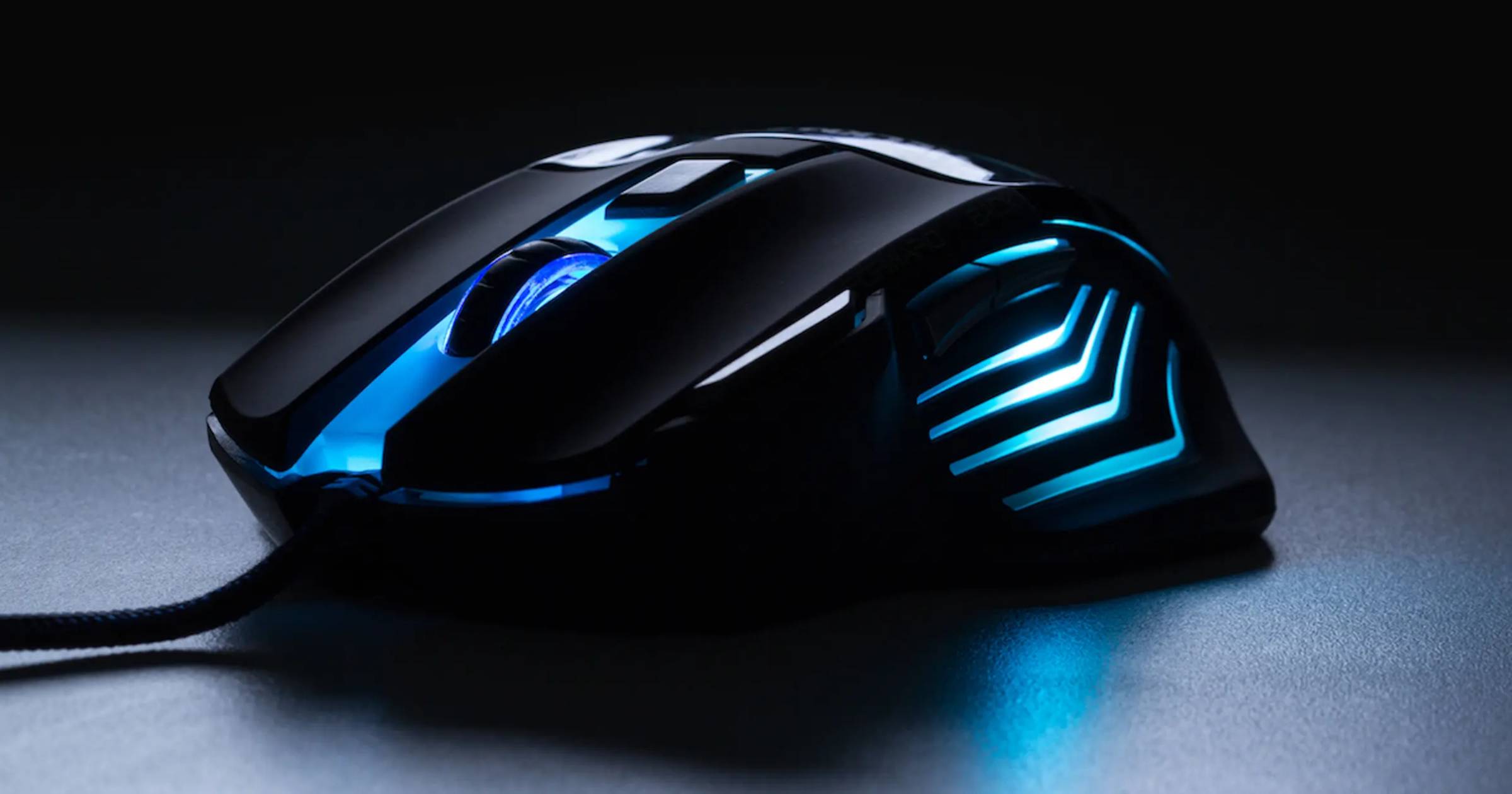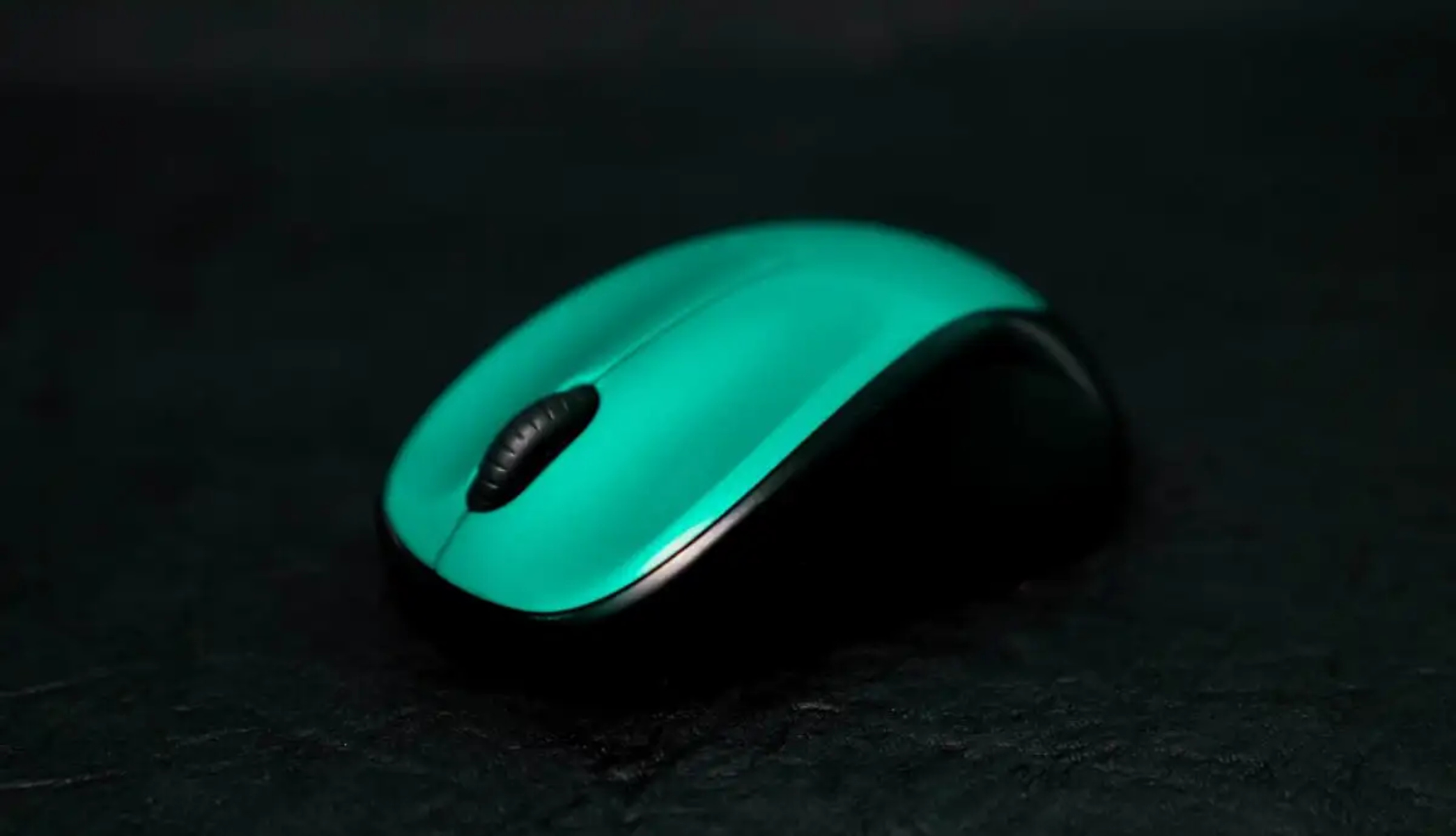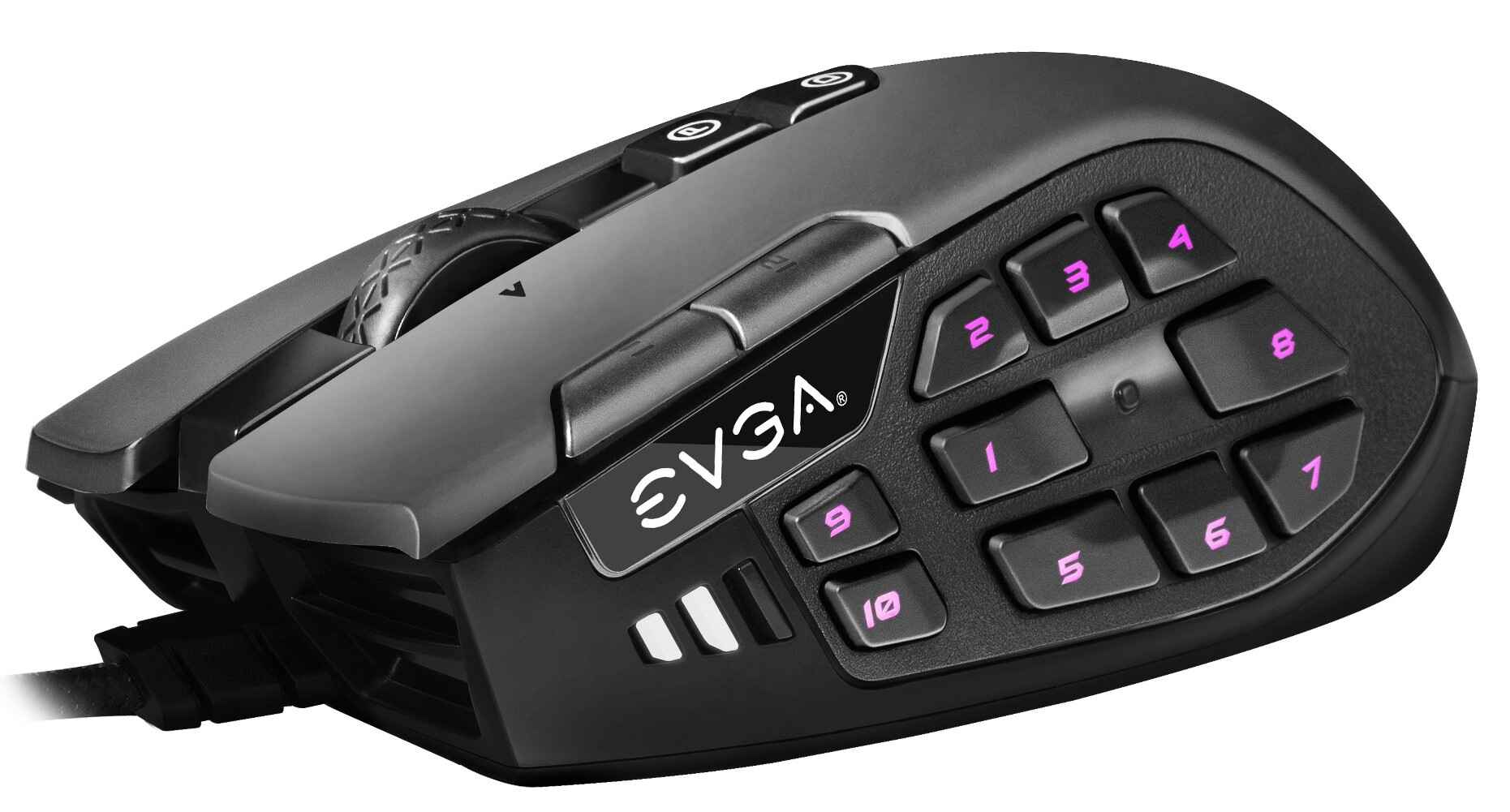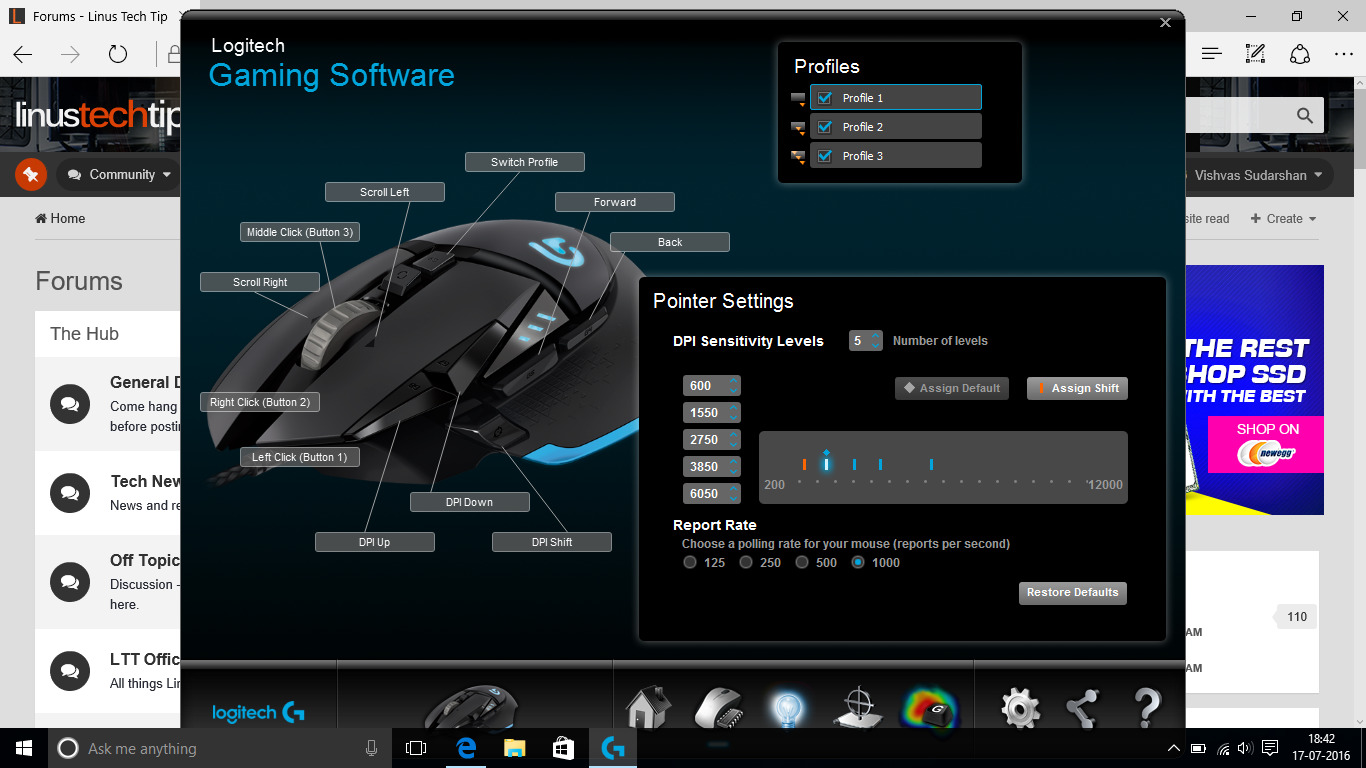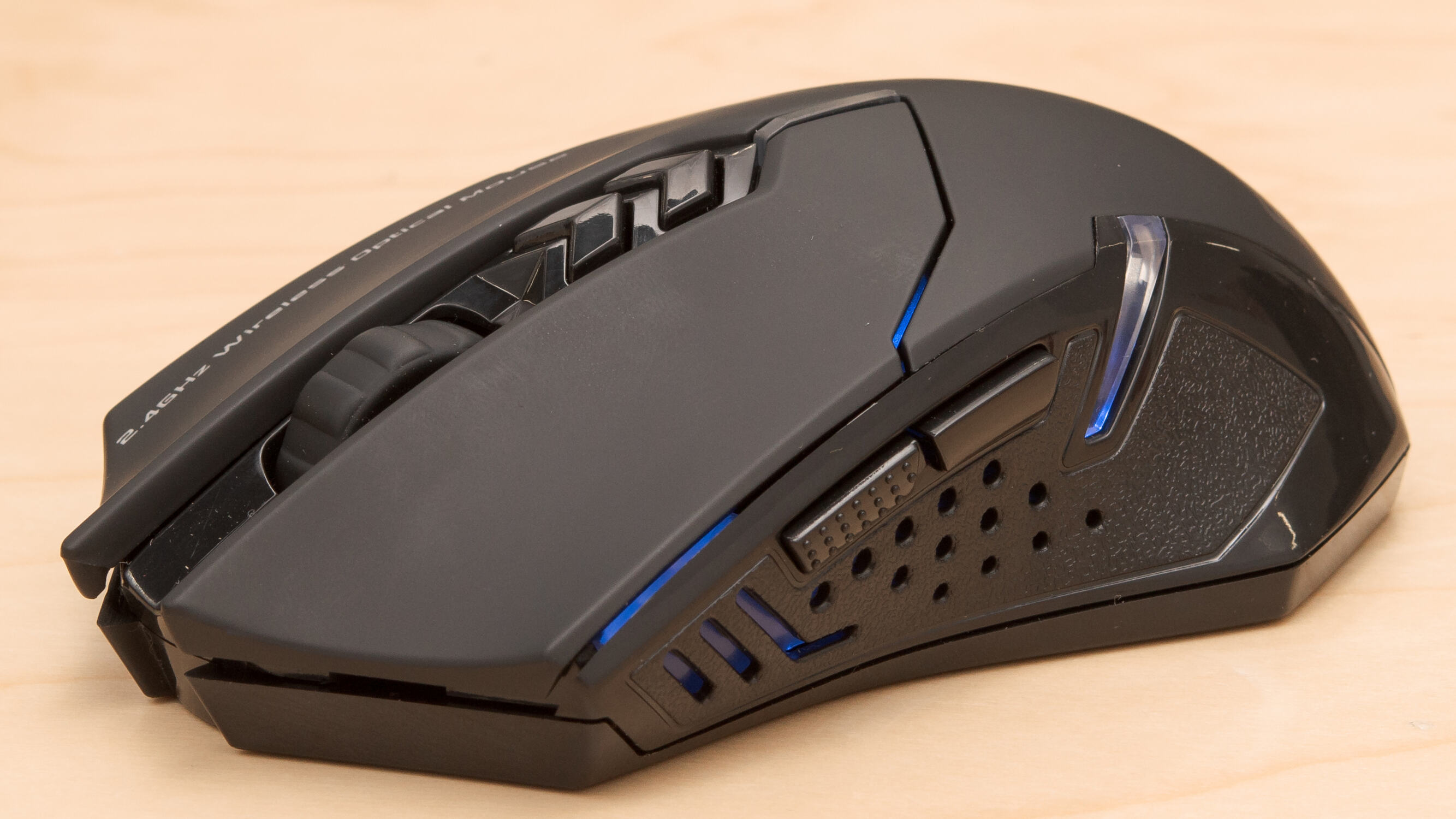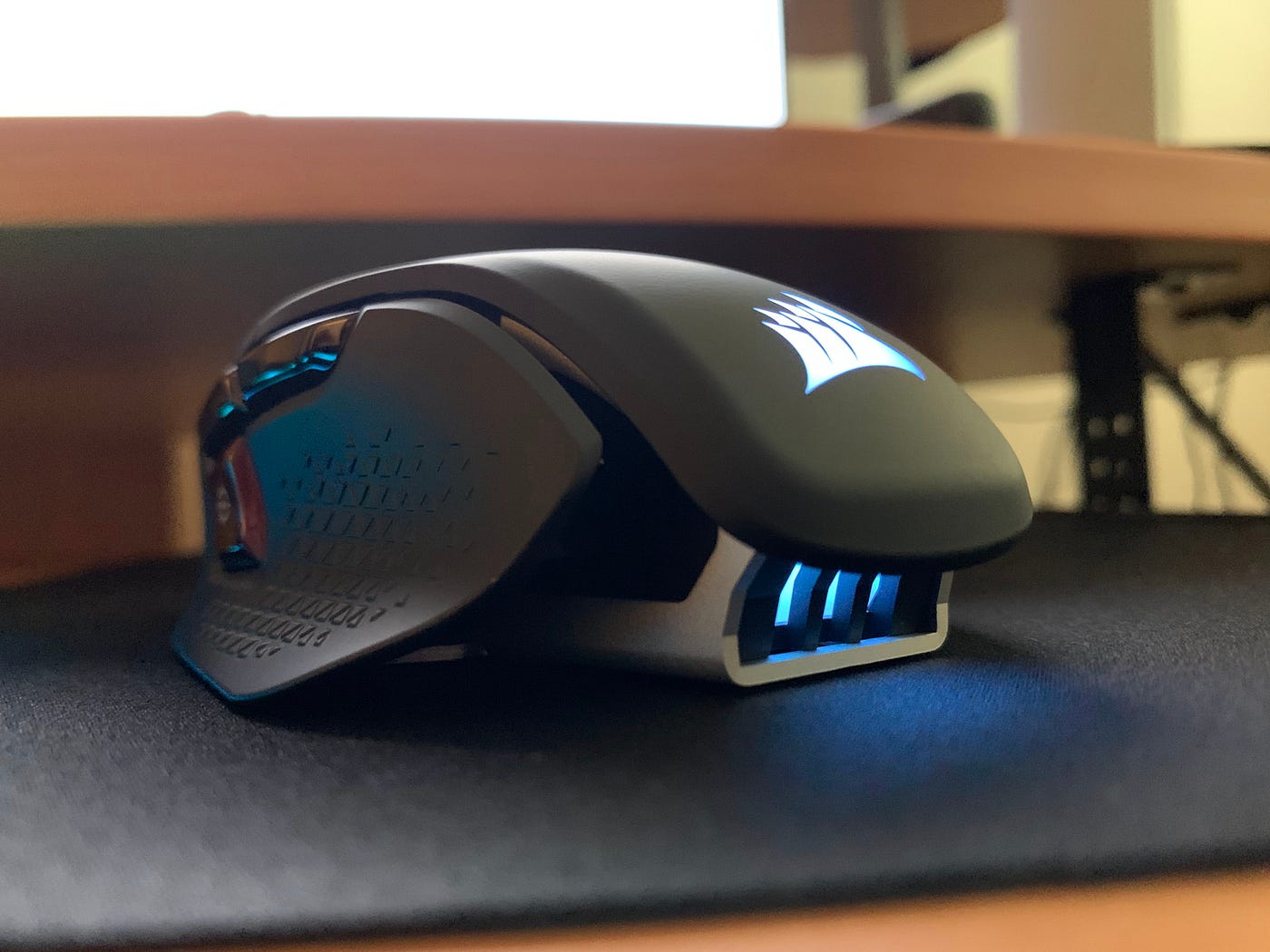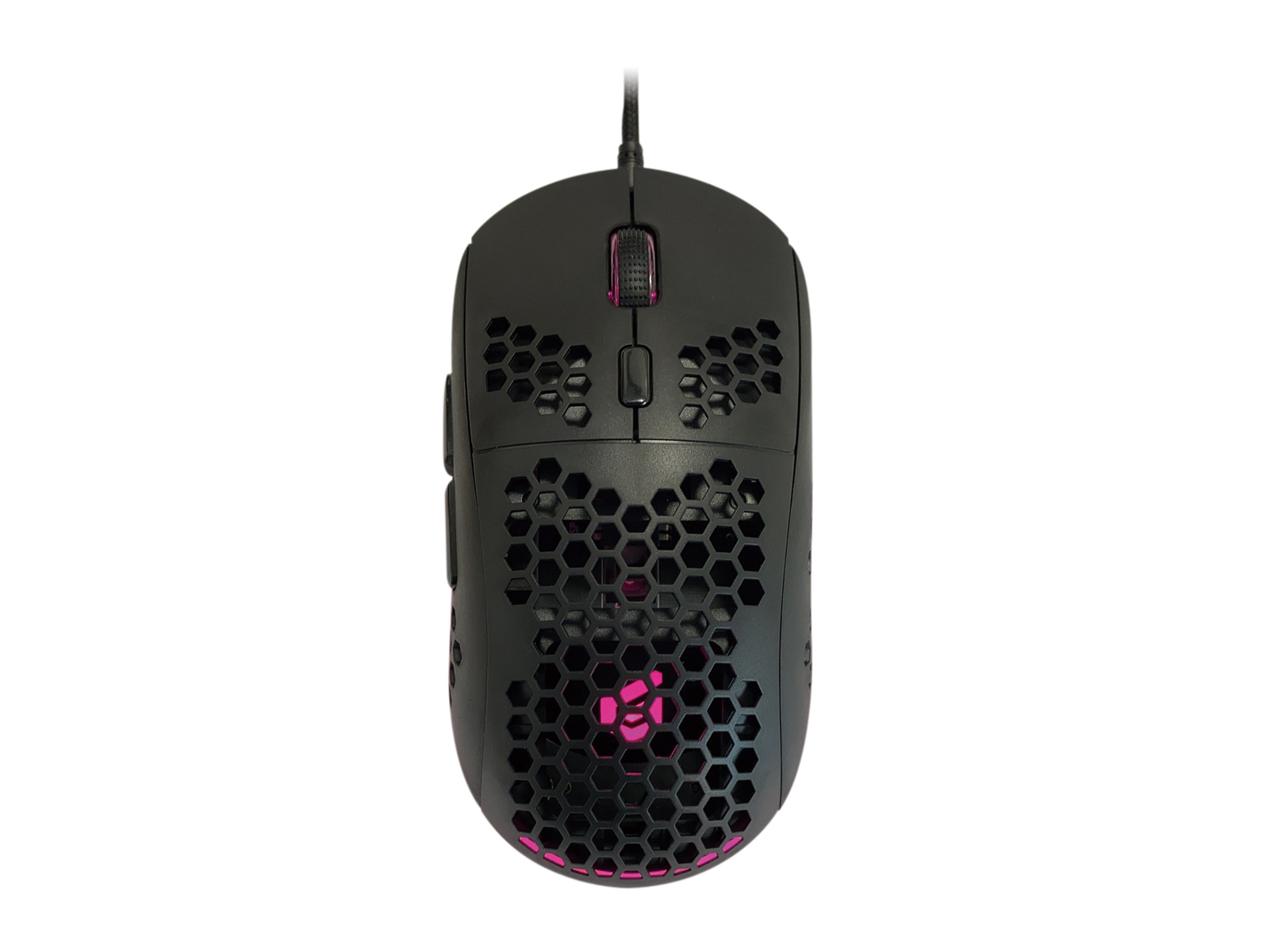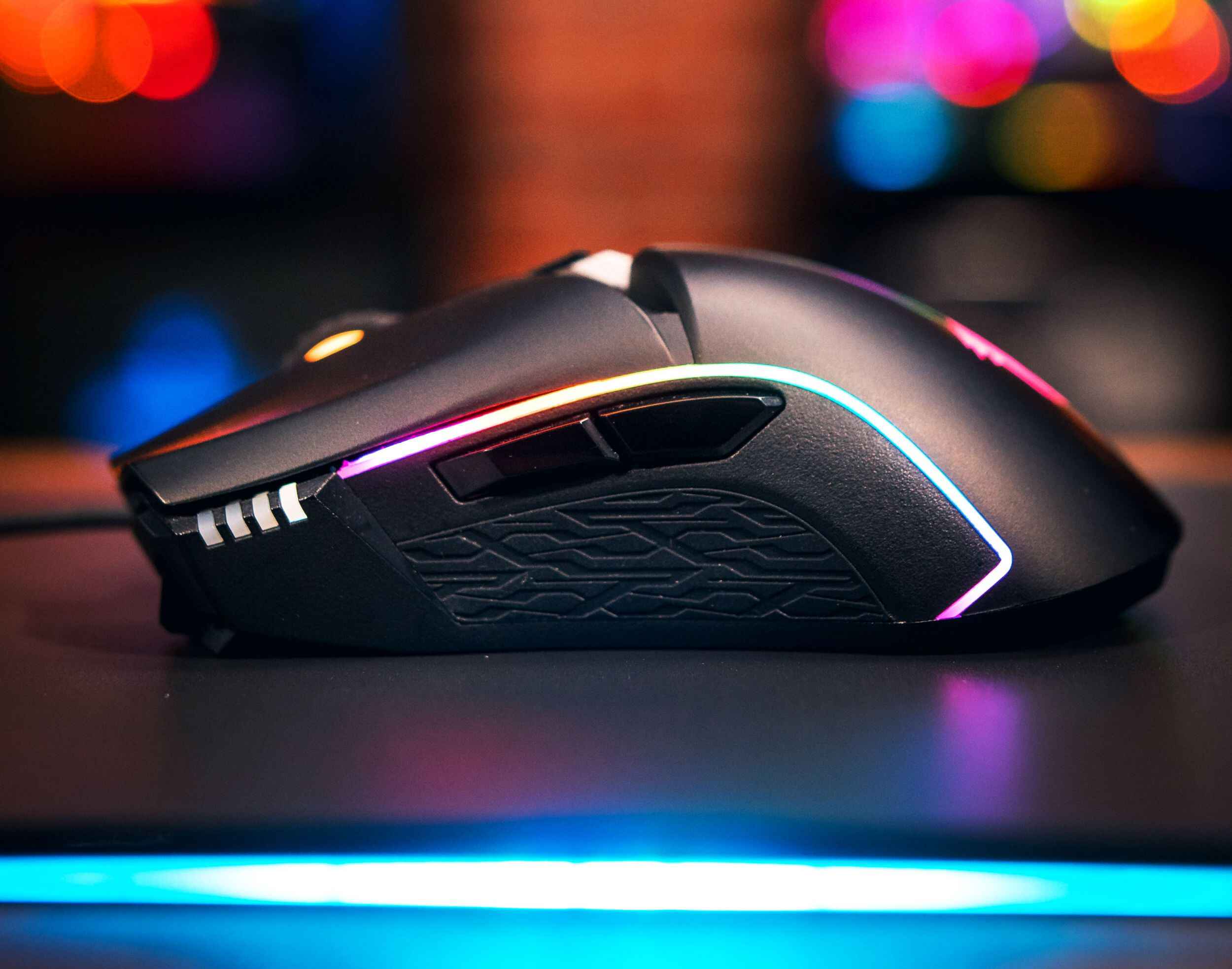Introduction
Welcome to the world of gaming peripherals, where every millisecond counts and precision is paramount. One of the crucial factors that can significantly impact your gaming experience is the polling rate of your gaming mouse. Understanding the polling rate and its implications can empower you to make informed decisions when selecting a mouse for your gaming setup.
The polling rate of a gaming mouse refers to the frequency at which the mouse reports its position to the computer. In essence, it determines how often the mouse sends data to the computer, measured in hertz (Hz). A higher polling rate means that the mouse reports its position more frequently, providing smoother and more responsive cursor movement.
As a discerning gamer, you are likely familiar with the importance of a reliable and accurate gaming mouse. From precision aiming in first-person shooters to executing complex maneuvers in real-time strategy games, your mouse is your primary tool for interacting with the virtual world. Therefore, understanding the significance of polling rate is essential for optimizing your gaming performance.
In this article, we will delve into the intricacies of polling rate, exploring its impact on gaming performance and how you can check and adjust the polling rate of your gaming mouse. By the end of this guide, you will have a comprehensive understanding of this critical aspect of gaming hardware, empowering you to make informed decisions and maximize your gaming prowess. Let's embark on this enlightening journey to unravel the mysteries of polling rate and its relevance in the realm of gaming.
What Is Polling Rate?
The polling rate of a gaming mouse is a fundamental parameter that determines how often the mouse reports its position to the computer. Expressed in hertz (Hz), the polling rate signifies the frequency at which the mouse sends data to the computer, reflecting the responsiveness and precision of cursor movements. A higher polling rate means that the mouse updates its position more frequently, resulting in smoother and more accurate tracking.
When a gaming mouse is set to a specific polling rate, such as 125Hz, 500Hz, or 1000Hz, it indicates the number of times per second that the mouse reports its position to the computer. For instance, a mouse with a polling rate of 1000Hz sends data to the computer 1000 times per second, translating to a rapid and consistent stream of positional updates.
Modern gaming mice often offer adjustable polling rates, allowing users to customize this setting based on their preferences and system requirements. The polling rate is a critical factor in determining the overall responsiveness and accuracy of a gaming mouse, directly influencing the user’s experience during intense gaming sessions.
By comprehending the concept of polling rate and its implications, gamers can make informed decisions when selecting a gaming mouse that aligns with their specific gaming style and performance expectations. The polling rate serves as a cornerstone of gaming mouse technology, shaping the fluidity and precision of cursor movement in the virtual realm.
Why Does Polling Rate Matter for Gaming Mouse?
The polling rate holds immense significance for a gaming mouse due to its direct correlation with responsiveness, precision, and overall gaming experience. A higher polling rate equates to more frequent updates of the mouse’s position, resulting in smoother and more accurate cursor movement. This heightened responsiveness is particularly crucial in fast-paced gaming scenarios, where split-second reactions can determine victory or defeat.
For competitive gamers, the polling rate of a gaming mouse can be the differentiating factor in achieving optimal performance. In first-person shooter (FPS) games, for example, precise aiming and swift target acquisition are imperative for success. A gaming mouse with a high polling rate ensures that the on-screen crosshair accurately mirrors the user’s physical movements, offering a seamless and instantaneous response to every subtle adjustment.
Furthermore, the polling rate directly influences the mouse’s ability to track rapid movements and maintain consistent accuracy. In high-speed gaming situations that demand swift reflexes and precise control, a higher polling rate enables the mouse to keep pace with the user’s actions, minimizing input lag and enhancing overall fluidity.
Moreover, the polling rate of a gaming mouse plays a pivotal role in reducing motion blur and enhancing tracking precision, especially when navigating intricate environments or engaging in frenetic combat sequences. The seamless synchronization between the user’s physical movements and the on-screen cursor, facilitated by a high polling rate, fosters a heightened sense of control and immersion in the gaming experience.
Ultimately, the polling rate serves as a linchpin in the realm of gaming peripherals, shaping the responsiveness and accuracy of a gaming mouse. By understanding the significance of polling rate, gamers can make informed choices when selecting a mouse that aligns with their gaming preferences and performance requirements, ultimately elevating their gaming prowess and enjoyment.
How Does Polling Rate Affect Gaming Performance?
The polling rate of a gaming mouse exerts a profound impact on gaming performance, influencing the user’s ability to execute precise movements, react swiftly to in-game stimuli, and maintain a competitive edge. A higher polling rate translates to more frequent updates of the mouse’s position, resulting in enhanced responsiveness and accuracy during gaming scenarios that demand split-second decision-making and precise control.
One of the primary ways in which polling rate affects gaming performance is through the reduction of input lag. A higher polling rate ensures that the mouse communicates its position to the computer at shorter intervals, minimizing the delay between the user’s physical movements and the corresponding on-screen cursor response. This reduction in input lag is particularly advantageous in fast-paced games, where instantaneous reactions and precise aiming are paramount.
Furthermore, the polling rate directly influences the fluidity and consistency of cursor movement, especially when executing rapid or intricate maneuvers in-game. A gaming mouse with a high polling rate can accurately capture and translate the user’s subtle adjustments and swift motions, facilitating seamless and precise control over the on-screen actions. This heightened precision is invaluable in competitive gaming environments, where every pixel of movement can impact the outcome of a match.
Moreover, the impact of polling rate on gaming performance extends to the realm of motion tracking and target acquisition. In games that require swift and accurate tracking of moving targets, a higher polling rate empowers the user to maintain precise aim and seamlessly track dynamic in-game elements, contributing to a more immersive and responsive gaming experience.
Ultimately, the polling rate serves as a cornerstone of gaming performance, shaping the responsiveness, precision, and fluidity of a gaming mouse’s operation. By comprehending the intricate relationship between polling rate and gaming performance, gamers can make informed decisions when selecting a gaming mouse that aligns with their specific gaming style and performance expectations, ultimately enhancing their competitive edge and enjoyment of gaming endeavors.
How to Check and Change Polling Rate for Gaming Mouse?
Checking and changing the polling rate of a gaming mouse is a straightforward process that can be accomplished through various methods, depending on the specific mouse model and accompanying software. To begin, it is essential to understand the default polling rate of the gaming mouse and explore the available options for adjusting this setting to suit individual preferences and gaming requirements.
Many gaming mice are equipped with dedicated software that allows users to monitor and customize the polling rate. By accessing the mouse’s software interface, users can typically locate the polling rate settings and make adjustments according to their desired polling rate, often ranging from 125Hz to 1000Hz. This intuitive software interface empowers users to fine-tune the polling rate based on their specific gaming needs and system compatibility.
Alternatively, some gaming mice feature hardware-based polling rate adjustment, allowing users to change the polling rate directly through buttons or switches on the mouse itself. This convenient method eliminates the need for software interaction, providing a seamless way to modify the polling rate on-the-fly, catering to dynamic gaming scenarios that may necessitate rapid adjustments.
For users seeking to check the current polling rate of their gaming mouse, various third-party software applications and utilities are available to provide real-time monitoring and display of the mouse’s polling rate. These applications offer insights into the current polling rate, enabling users to verify the settings and make informed decisions regarding potential adjustments to optimize their gaming experience.
It is important to note that while a higher polling rate generally offers enhanced responsiveness and precision, users should consider their system’s compatibility and resource utilization when adjusting the polling rate. In some cases, excessively high polling rates may place additional strain on the system and result in diminishing returns, necessitating a balanced approach to polling rate customization.
By understanding the methods for checking and changing the polling rate of a gaming mouse, users can leverage this foundational parameter to optimize their gaming performance and tailor their gaming mouse’s behavior to suit their individual preferences and gaming endeavors.
Conclusion
As we conclude our exploration of polling rate in the context of gaming mice, it becomes evident that this seemingly technical aspect holds profound implications for gamers seeking to optimize their performance and elevate their gaming experience. The polling rate, expressed in hertz (Hz), serves as a pivotal determinant of a gaming mouse’s responsiveness, precision, and overall suitability for diverse gaming scenarios.
By comprehending the significance of polling rate, gamers can make informed decisions when selecting a gaming mouse that aligns with their specific gaming style and performance expectations. Whether engaging in fast-paced first-person shooters, navigating intricate real-time strategy environments, or immersing in dynamic multiplayer experiences, the polling rate plays a crucial role in shaping the user’s interaction with the virtual world.
Furthermore, the ability to check and adjust the polling rate of a gaming mouse empowers users to tailor this fundamental parameter to their individual preferences and system compatibility, fostering a personalized and optimized gaming experience. Whether utilizing intuitive software interfaces or hardware-based adjustments, gamers have the flexibility to fine-tune the polling rate to suit their dynamic gaming needs.
Ultimately, polling rate stands as a cornerstone of gaming mouse technology, influencing the fluidity, precision, and responsiveness of cursor movement, and by extension, the user’s competitive edge and enjoyment of gaming endeavors. As gaming continues to evolve and demand increasingly nuanced performance from peripherals, the polling rate remains a critical consideration for gamers seeking to harness the full potential of their gaming setups.
Armed with a comprehensive understanding of polling rate and its implications, gamers are poised to make informed decisions when selecting and customizing gaming mice, unlocking the full spectrum of responsiveness and precision that this fundamental parameter affords. The journey to unravel the mysteries of polling rate has equipped us with the knowledge to optimize our gaming performance and embrace the immersive potential of gaming peripherals, propelling us toward new heights of gaming prowess and enjoyment.







